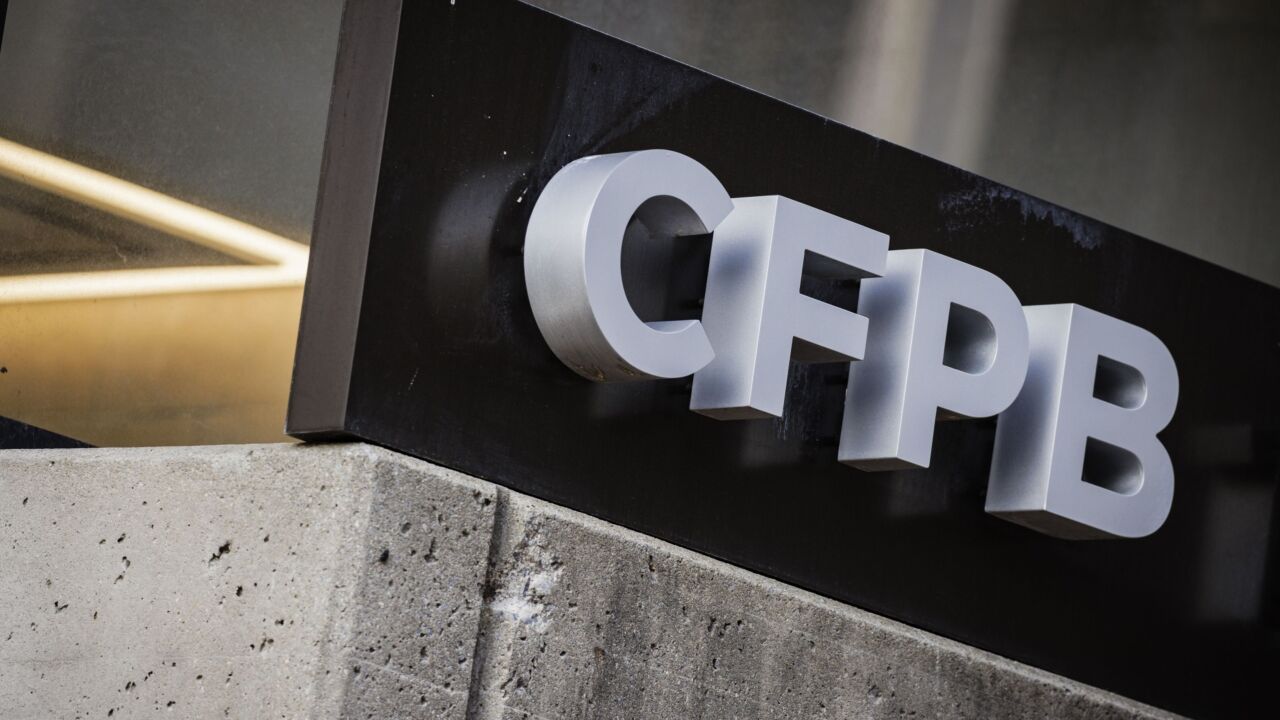
Although late to the game and with a number of false starts, FIs are finding fresh hope in Zelle as the "grown up" P-to-P app. Venmo may have succeeded by targeting millennials with their own version of P-to-P, but that's not the only factor at play.

The variables at play include many companies that aren't traditionally thought of as financial services providers. Will consumers trust Facebook, Apple and Google with their money? Precedents exist in SE Asia with the poster children of WeChat and Alipay dwarfing other brands of payments, but there are many historical, cultural and political differences.
Despite uncertainties, there are some clear trends. A BI Intelligence forecast amalgamates data from various federal and private sector reports, illustrating a staggering growth in mobile P-to-P from $37 billion in 2016 to an estimated $336 billion in 2021. However, much of this meteoric growth is not incremental, but comes at the expense of non-mobile P-to-P that is expected to decline from $673 billion in 2016 to US$402 billion in 2021.
The message is simple — if you want to remain relevant in P-to-P, you need to focus sharply on mobile.

While millennials have become power users of P-to-P, the service appeals to a broader demographic group. Data from Novantas demonstrates that the most heavy usage of mobile P-to-P comes from the 30-39 age range, with 20.3% of people using P-to-P at least monthly. Further, 18.6% of under 30 year olds are monthly users of P-to-P, as are 12.7% of 40-49 year olds.
This data is a reminder that millennials are getting older. The definition of a millennial (AKA Gen Y) spans from being born between 1978 and 1994, meaning that some millennials are now approaching forty years of age. While “millennials” is often used interchangeably with “twenty-something,” a more accurate synonym for millennials would be “most consumers.”

While the appeal is somewhat voyeuristic — a real-time window on who is paying whom and why — the data is useful. A 2016 analysis by LendEDU of the top 5 emojis used in Venmo transactions demonstrates that the network is still favored for smaller ticket items like paying for pizza and drinks.
But, the fourth most common emoji was that of a house, indicating payment for rent or utilities. A similar research study conducted by Quartz in 2015 had the house emoji ranked at number nine. While these studies are independent of one another, the sample sizes used by Quartz (800K Venmo transactions) and LendEDU (500K transactions) allow the conclusion that larger ticket items such as rent and utility bills are becoming more commonplace over Venmo.

Recent research from Aite Group provides a telling discrepancy between monthly P-to-P spend at banks compared to alternative payment providers such as Venmo. The average spend per month via alternative providers came to just $162, compared with $815 made via financial institutions. This significant difference points to the usage of bank P-to-P services for bills and loans, suggesting a higher degree of trust. However, FIs cannot rest on their laurels — as Venmo's emoji data shows, consumers are increasingly comfortable with using alternative providers for higher value payments, eroding the competitive advantage that FIs hold.


A 2017 Fiserv survey asked consumers why they weren’t using P-to-P services offered by their FIs. Of these, 25% stated that they didn’t know enough about how the service works and a further 14% stated that they didn’t have any awareness of their FI offering such a service.
A further 21% were not using the service due to security concerns, another barrier to adoption that FIs could address with consumer education. There is a silver lining however — just 10% stated that they are already using a non-FI P-to-P service as a reason for not using the FI offering, presumably meaning that 90% of FI customers are still open to using the incumbent’s P-to-P solution.

In an attempt to stem the bleeding and to steer consumers back into their fold, the bank-centric clearXchange P-to-P network rebranded and relaunched as Zelle in June. Pitched as a Venmo for a wider demographic audience, thus far signs are optimistic for its adoption. According to Zelle, more than 50,000 consumers are enrolling daily, contributing to more than 100 million real-time P-to-P payments. There is also an uptick in enrollments — Zelle reports FIs achieving up to a 300% increase in enrollments since June 2017. Recent data from Bank of America, one of Zelle’s founding institutions, shows a marked increase in transaction volume for Zelle in Q3 2017, up 68% on the same quarter last year.
However, the market for P-to-P is volatile and fiercely competitive. Zelle has launched a standalone app to go toe to toe with Venmo, but the hypothesis that Zelle is Venmo for grown-ups may be a little late if the new grown-ups have been using Venmo for the last five years. Zelle and its supporting banks will have to work hard to maintain momentum, awareness and relevance.





